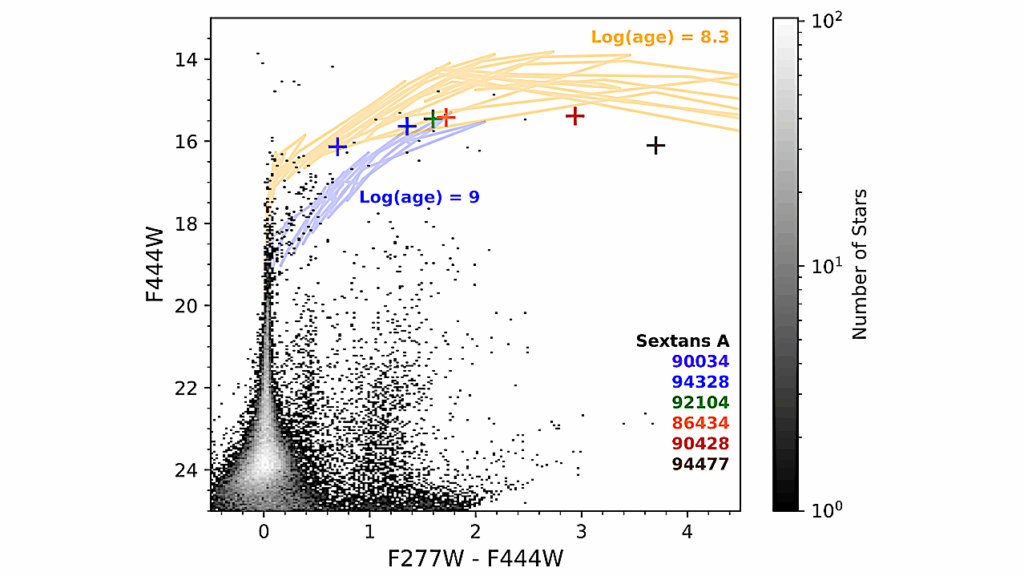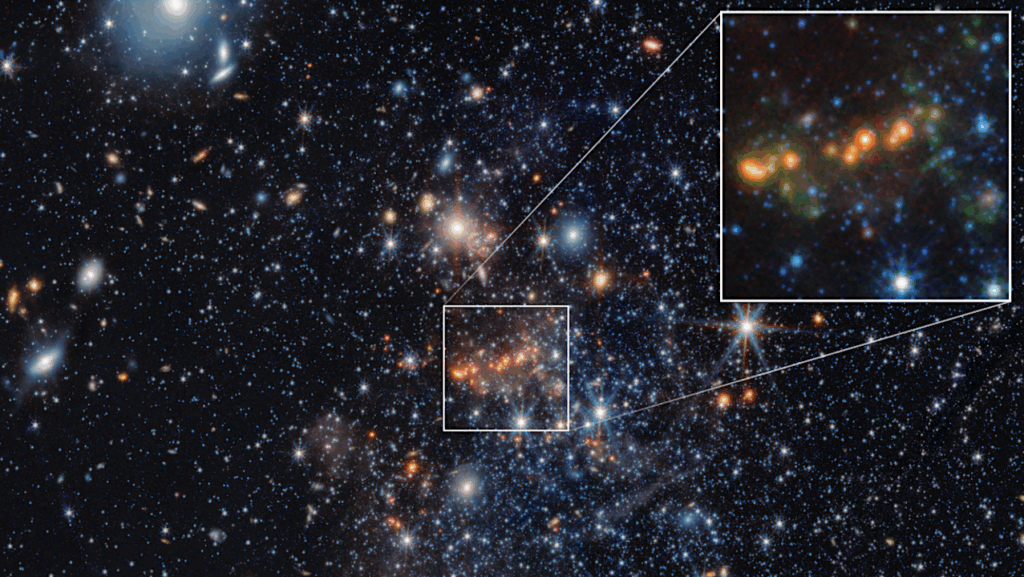Infrared Emission of Specific Polycyclic Aromatic Hydrocarbon Molecules: Indene

Polycyclic aromatic hydrocarbon (PAH) molecules have long been suggested to be present in the interstellar medium (ISM). Nevertheless, despite their expected ubiquity and sustained searching efforts, identifying specific interstellar PAH molecules from their infrared (IR) spectroscopy has so far been unsuccessful.
However, due to its unprecedented sensitivity, the advent of the James Webb Space Telescope (JWST) may change this. Meanwhile, recent years have witnessed breakthroughs in detecting specific PAH molecules (e.g., indene, cyanoindene, and cyanonaphthalene) through their rotational lines in the radio frequencies.
As JWST holds great promise for identifying specific PAH molecules in the ISM based on their vibrational spectra in the IR, in this work we model the vibrational excitation of indene, a molecule composed of a six-membered benzene ring fused with a five-membered cyclopentene ring, and calculate its IR emission spectra for a number of representative astrophysical regions. This will facilitate JWST to search for and identify indene in space through its vibrational bands and to quantitatively determine or place an upper limit on its abundance.
Kaijun Li, Aigen Li, Xuejuan Yang, Taotao Fang
Comments: 8 pages, 6 figures; accepted for publication in MNRAS. arXiv admin note: text overlap with arXiv:2403.05043
Subjects: Astrophysics of Galaxies (astro-ph.GA)
Cite as: arXiv:2403.05603 [astro-ph.GA] (or arXiv:2403.05603v1 [astro-ph.GA] for this version)
Submission history
From: Kaijun Li
[v1] Fri, 8 Mar 2024 04:47:09 UTC (374 KB)
https://arxiv.org/abs/2403.05603
Astrobiology, Astrochemistry,








